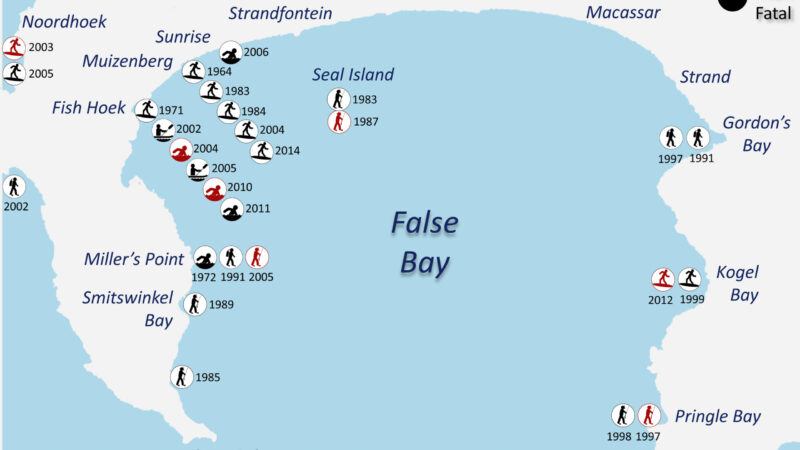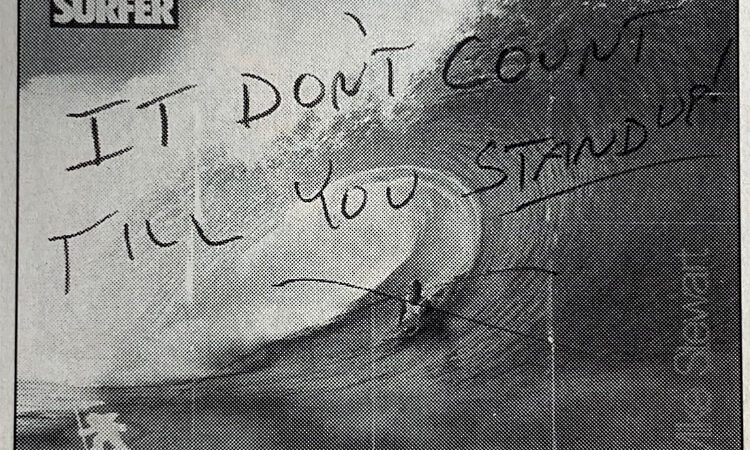Anyone entering the ocean Monday could face potentially life-threatening conditions, forecasters warn.
The culprit is a continuing onshore flow and rough surf, with wave heights near or above five-feet, creating a high risk of rip currents, according to the National Weather Service. The risk could continue through Tuesday.
On Sunday, most beach patrols prohibited or significantly limited swimming due to dangerous conditions.
Rip currents are a constant danger at the Jersey Shore, but there’s another risk that sometimes gets overlooked: injuries from waves.
An ongoing University of Delaware study has found that during the summer of 2014, there were 280 injuries over 116 sample days along the Delaware coast.
Of the 280, 32 were serious, including cervical fractures and spinal cord injuries, and one was a fatality. Wading was the dominate injury activity (44% of all incidents) followed by body surfing (20%) and body boarding (17%).
How to identify a rip current:
- A channel of churning, choppy water.
- An area having a notable difference in water color
- A line of foam, seaweed, or debris moving steadily seaward
- A break in the incoming wave pattern.
If caught in a rip current, NOAA advises:
- Stay calm.
- Don’t fight the current.
- Escape the current by swimming in a direction following the shoreline. When free of the current, swim at an angle—away from the current—toward shore.
- If you are unable to escape by swimming, float or tread water. When the current weakens, swim at an angle away from the current toward shore.
- If at any time you feel you will be unable to reach shore, draw attention to yourself: face the shore, call or wave for help.






Recent Comments